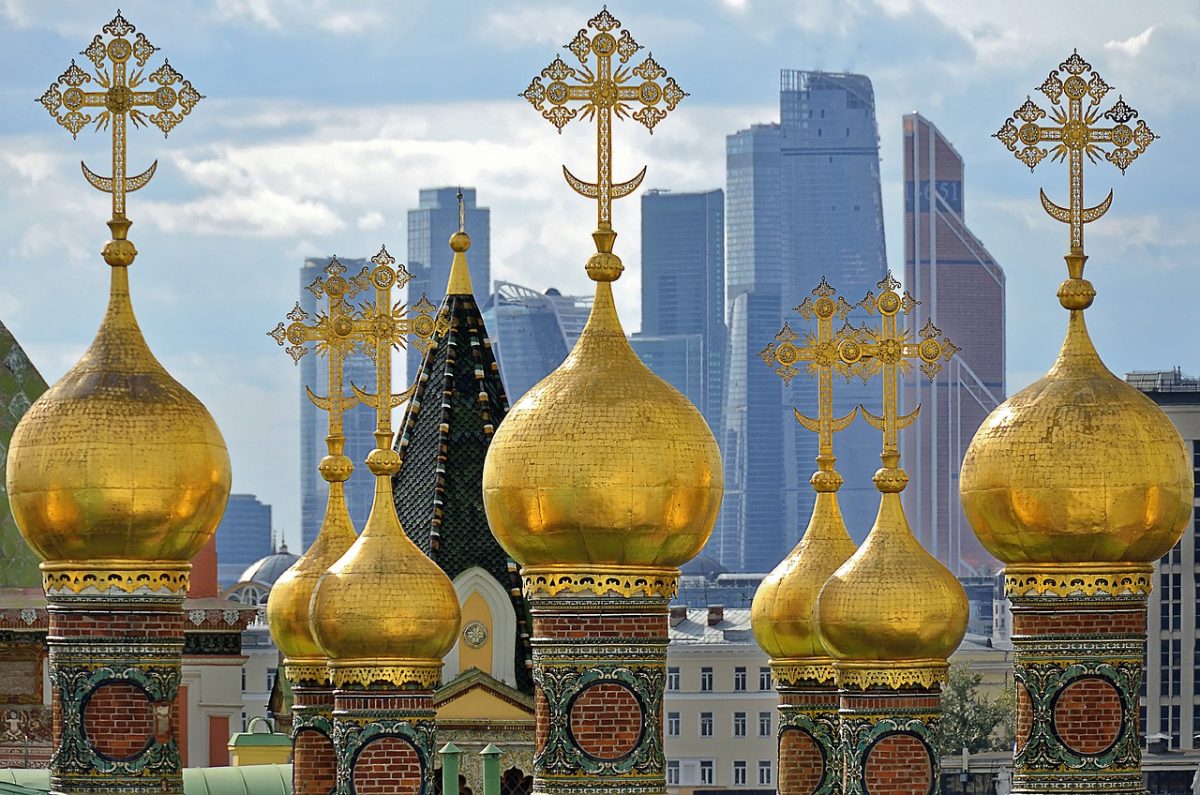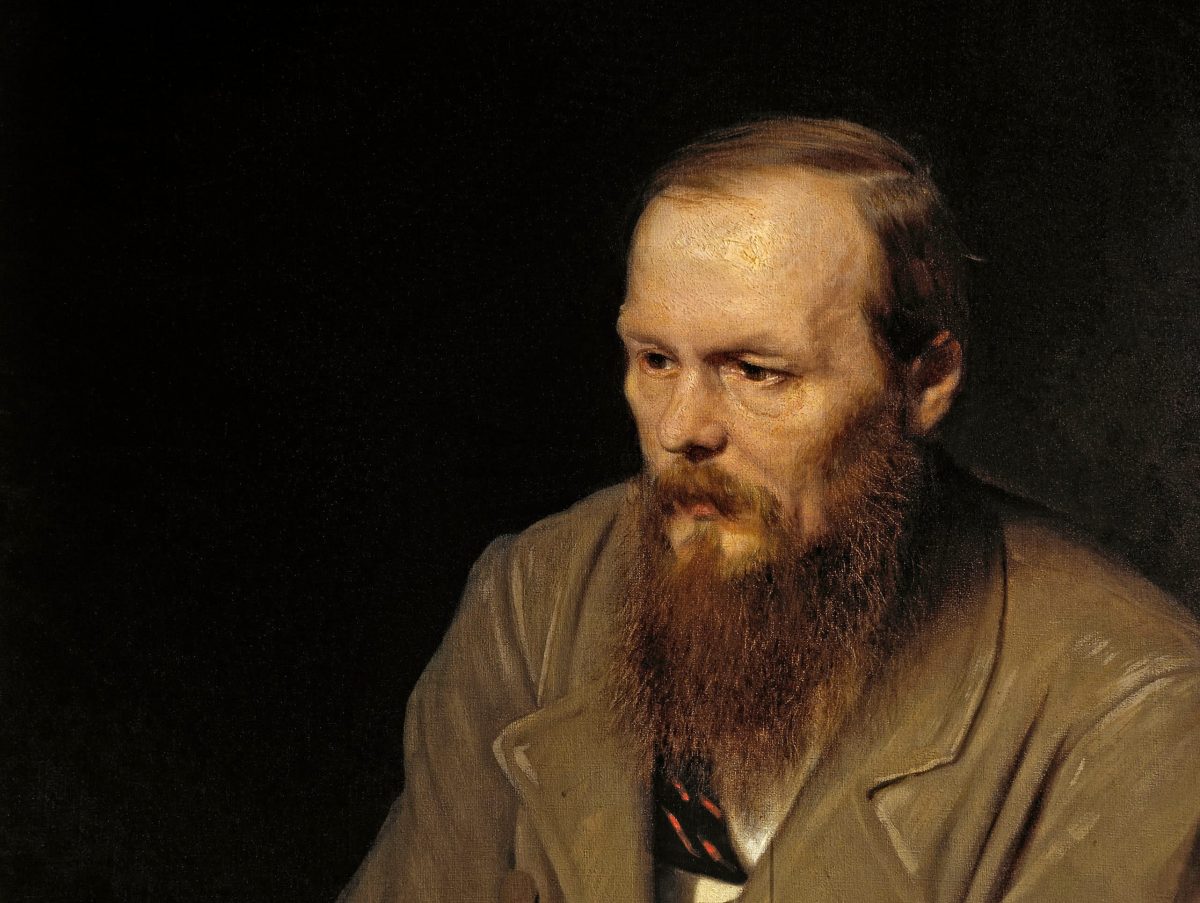The Ural Mountains run for a distance of 1,600 miles in the Russian Federation and Kazakhstan. They serve as one of the boundaries that separates Asia from Europe. The range’s highest peak is Russia’s Mount Narodnaya, at 6,217 feet. It forms a natural mountain range that runs from the desert north of the Caspian Sea to the south of the Arctic tundra. The name Ural was given by 16th Century Russians after the words for “rock” and “belt” due to the chain’s terrain and mineral resources. In fact, the name is deserving, as the mountain has substantial deposits of valuable minerals that have contributed to the Russian economy since the 18th Century. Tatars, Bashkirs, Udmurts, Komi-Permyaks, and Russians populate the mountainous region.
Marking the border between Europe and Asia, the Ural Mountains stretch from the Kara Sea in the north to Kazakhstan in the south. Modest in scale, they nevertheless proved to be rich in resources, and when Russia stumbled onto this Aladdin’s cave full of lustrous treasures many centuries ago, the mineral riches filled the coffers and allowed Russia to expand into Siberia beyond. Along this often spectacular mountain chain, habitats include bleak tundra, unspoilt taiga forest, beautiful riparian woodland, wet marshes and, further south, open plains, steppe and even semi-desert. Such a rich array of environments equates to an impressive array of species.
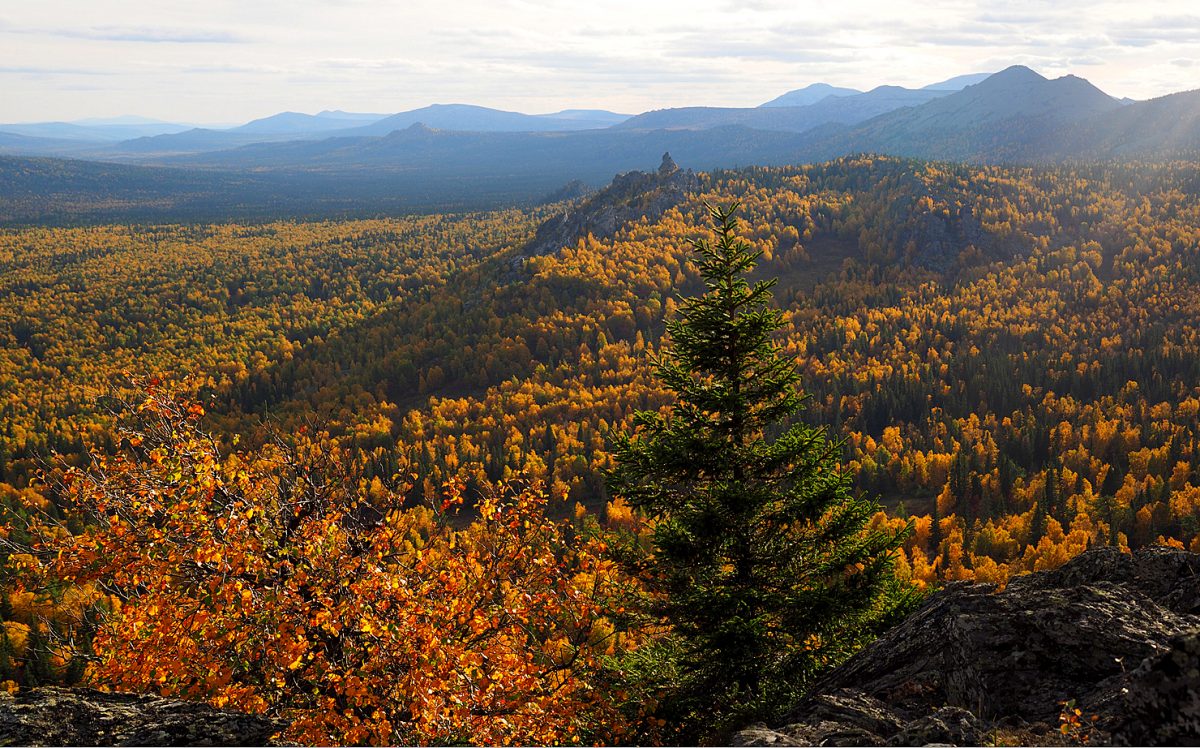
The Ural Mountains guard the remnants of unknown civilizations and attract travelers from throughout the world. Its mountain ranges extend north to the Arctic Ocean, then they are swallowed by the sea before reemerging on Vaygach Island and the Novaya Zemlya Archipelago. The highest peak of the Ural Mountains is Mount Narodnaya (1,895 meters), but a much more beautiful and renowned one is the holy Mount Manaraga (1,660 meters). One of the most popular among mountain lovers is Mount Konzhakovsky Kamen (1,569 meters), while the most unusual, and “hottest” one is Mount Yangan-Tau in Bashkortostan, which supposedly has been burning for centuries now.

Steppes and forests dominate the Ural Mountains’ topography, although a semi-desert environment occupies its southern portion in the Mughalzhar Hills. Where there are no rocky steppes, land is seen being cultivated for crops, and farming has allowed the local populace to prosper in the Urals. The Urals’ forests are dominated by darker coniferous taiga in the western Urals, while in its southern flanks lighter coniferous forests thrive. Its northern forests have all types of firs, spruce, and beeches. However, its polar forests have little more than cold-tolerant lichens and shrubs. The area is also dotted with swamps and bogs. Biodiversity of flora and fauna in the region includes numerous examples of indigenous species typically found in other mountains of Siberia as well. Among these, lynxes, brown bears, wolves, badgers, and polecats roam the landscape, while birds, snakes, and foxes also make an appearance on the scene.

In 1472, Ivan III of Moscow annexed Pechora, Yugra, and Perm in the Ural Mountains area after defeating the Novgorod Republic. The Novgorod Republic claimed these areas as early as 1096, trading fur with the locals and gathering tributes from the Perm and Yugra populaces. The acquisition of the Ural Mountains also paved the way for the eventual annexation of Siberia as a whole. The 17th Century proved to be resourceful and prosperous for Russia and the area alike, as gemstones, copper ores, iron ores, and mica deposits were discovered in the mountains. Peter I of Russia (Peter the Great) is credited as having been a major mover and shaker in the area’s economic history, as he developed mining and smelting facilities in Yegoshikha and Iset.
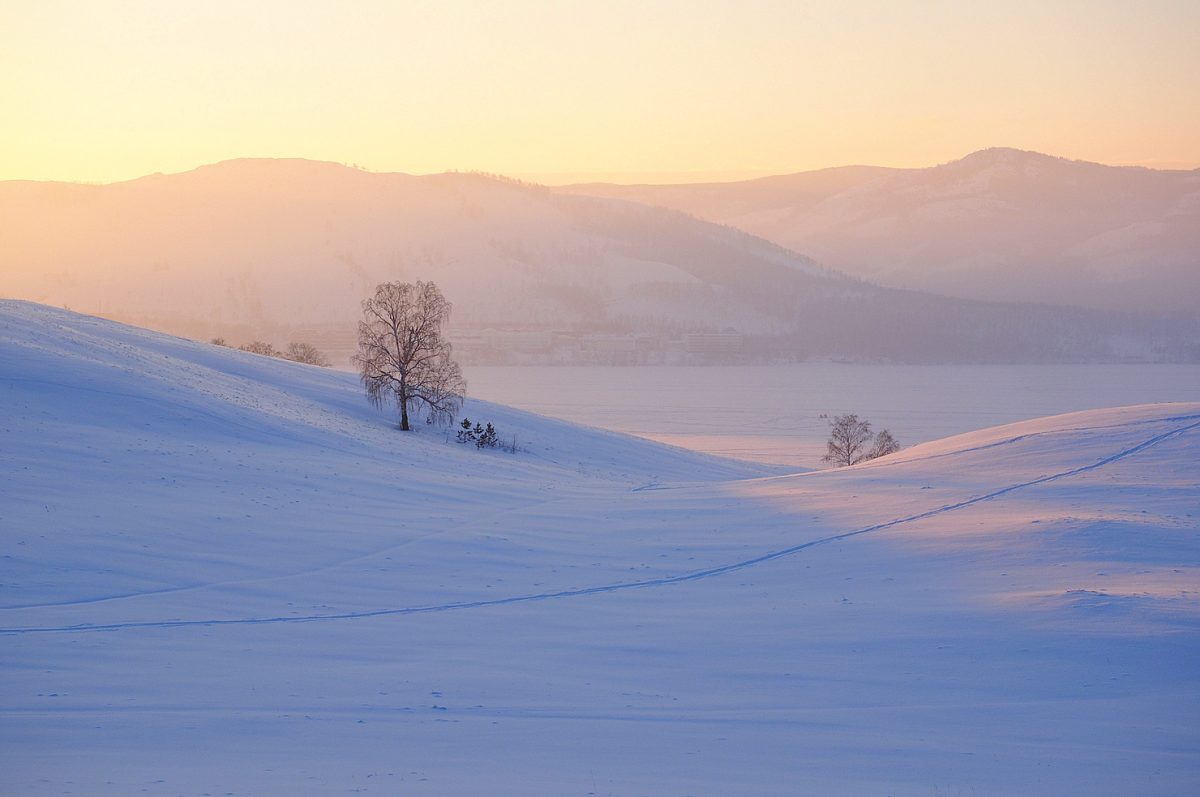
For generations, Russian miners have gathered such minerals as copper, gold, iron, malachite, and alexandrite, among many precious stones, in the Urals. Meanwhile, Russian indigenous peoples have longed hunted, fished, and gathered berries, mushrooms, and fruits from other regions around the Ural Mountains. The 19th Century Royal Russian Court jeweler, Carl Faberge, was said to have used many gems and stones from the Urals to produce his famous ‘Faberge Egg” masterpieces.
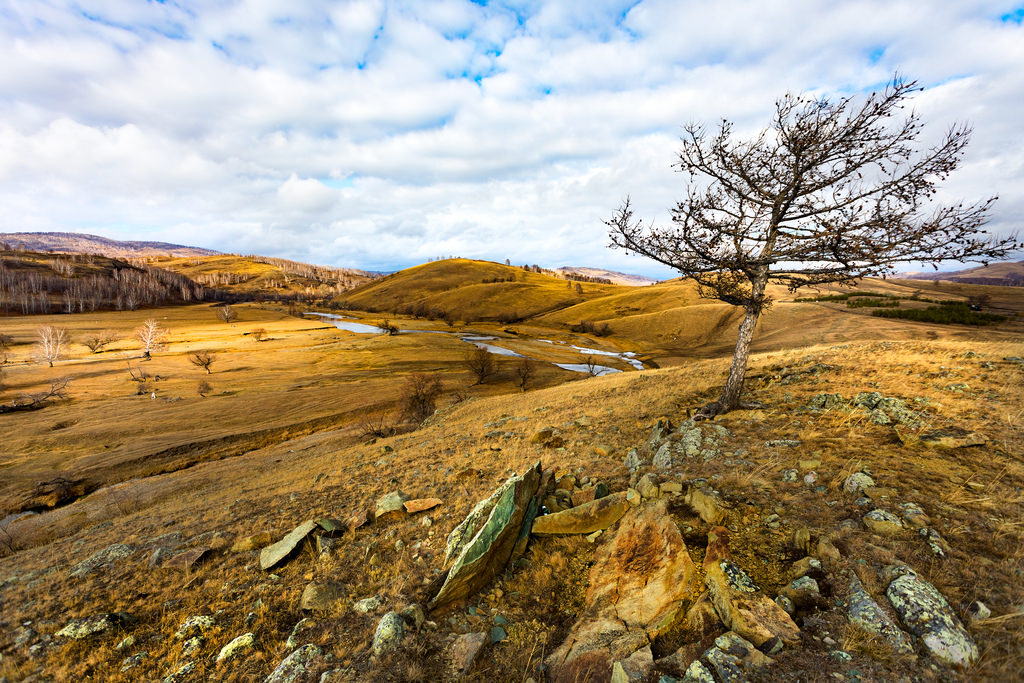
The Urals also served as a military complex for Peter the Great as he waged war with Sweden. Stalin had the Magnitogorsk Iron and Steel Works relocated to the Urals at the start of the Nazi invasion during World War II. At the height of the Cold War, the Urals were also the site of the Soviet Union’s nuclear production facility. Today, the local mining industry still offers an attractive investment opportunity, as new mineral deposits are still being discovered.

Today Yekaterinburg, the largest of the region’s towns, is a bustling centre and offers a base for exploring less-visited towns. Perm is a vibrant city that’s home to some strong cultural attractions. Kungur has a spectacular ice cave, while the countryside offers hiking, cycling, rafting and horse riding. The conifer forest of the Sinegorye (Blue Mountains) makes the gently sloped ranges of the southern Ural Mountains look like frozen blue waves. Lake Turgoyak and two national parks are accessed from stations along the Ufa–Chelyabinsk railway.



